Results 1 to 4 of 4
-
03-11-2013, 03:13 PM #1
 Razor identification, history, and date help.
Razor identification, history, and date help.
Hello fellows and maybe gals(?). I acquired a straight razor really cheap that I plan to get honed and see how it shaves. It isn't in great condition, but I am hoping it will be a good project razor for me to practice scale making and maybe polishing and be a workhorse shaver etc..It is a wedge with wood scales. The maker on the razor says Joseph Smith and has the crown and VR in front of that with Sheffield under makers name. I think it measures a little bigger and longer than my 5/8 straight razor I use now. My research has turned up some perplexing information about this maker. I found that Joseph Smith was born in 1785. The Company of Cutlers recorded the apprenticeship of Joseph Smith to his father, Isaac Smith, a razor maker in Stannington. Joseph was granted his Freedom in 1810. He first appeared in a Sheffield directory in 1833, trading from Radford Street. By 1852, the enterprise became "& Son" - presumably with the addition of Joseph's son, John. The enterprise employed ten men and three boys. By the late 1870s, it had moved to Solly Street. The trademark was "Joseph Smith & Sons, Celebrated Razors", above "3415"(granted in 1810). By 1887, the name and mark had been acquired by Joseph Allen & Sons. I am assuming it is older than the Joseph Allen take over 1887 due to the lack of trademarks that Allen acquired. So with this info in mind I place my razor pre 1852 because it has just Joseph Smith stamped no "& son" or "Co". One factor that goes against this is on the longer side and not stubby. Also, another enigma is that an internet search on these razors almost 99.9% of the time will turn up the Celebrated Razors 3415. Has anyone come across or owns just a "Joseph Smith" with VR? It is strange that my razor does not include their trademark that was granted in 1810 and acquired by Joseph Allen.I have read online that the Joseph Allen made the Smith razors but included "Celebrated", "sons" or "co" and 3415. I hope there is someone out there that can shed some more light on this razor? Are they uncommon? I have only seen one razor online that had just "Joseph Smith", but it lacked the VR. I'll take any help I can get. Thanks.
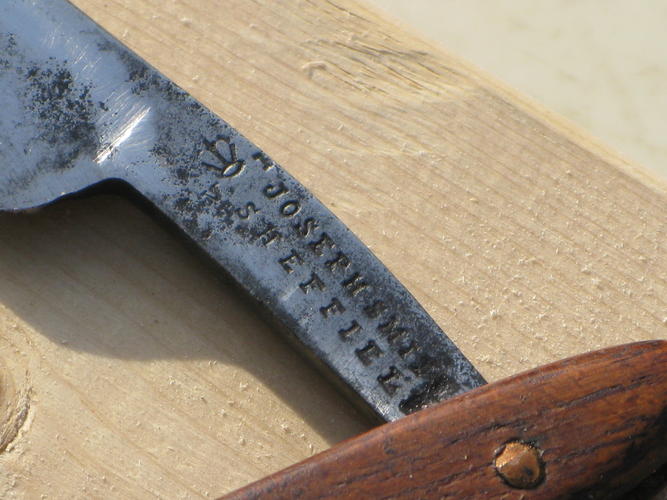
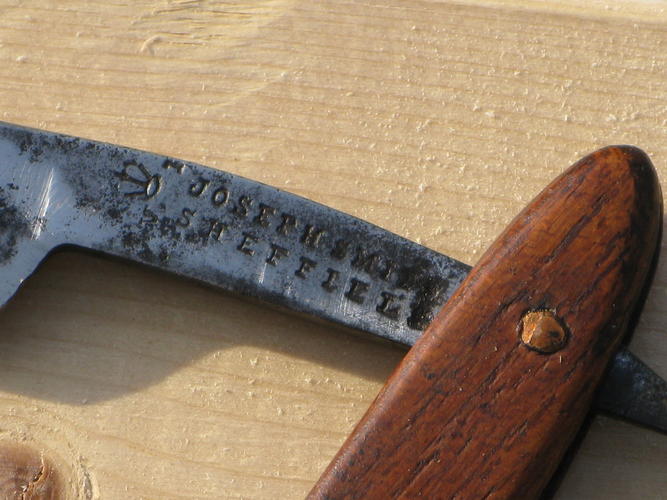
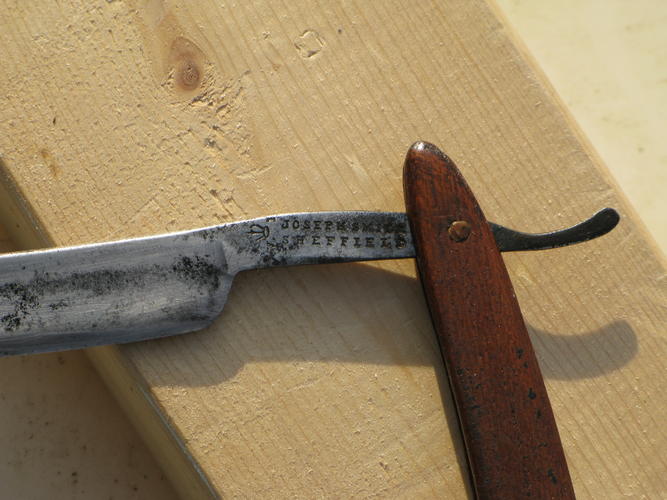
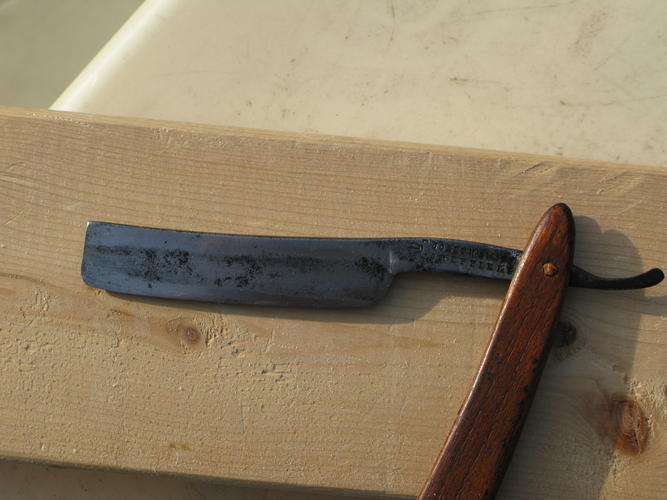
-
03-11-2013, 03:26 PM #2Senior Member



- Join Date
- Apr 2008
- Location
- Essex, UK
- Posts
- 3,816
Thanked: 3164
The crown and the VR - (Victoria Regina) means that it was made in the reign of Queen Victoria, 1819 - 1901. That's all - it is not a trademark. It appears on a lot of razors by makers that had gained royal warrants or appointments. There are a fair amount of JS razors about. Unfortuantely, the lack of "& Sons" might not have much bearing on establishing the age, as the original marks could not be amended - they were left as-is in the cutlery guild records until expired or acquired by someone else, and a new mark was entered - J Rodgers & Sons used many marks, for example - they seem to have punched whatever they had handy at the time on the tang, as their are plenty of examples of later razors with earlier makers marks on them. They all seem to have been a bit 'cavalier' about what they used - they owned all the marks, anyway, I suppose so it didn't make much difference.
Yours is not a wedge, but a 'near wedge' that has had a lot of honing in it's lifetime - you might want to consider honing it with 2 or 3 layers of tape to get somewhere near the original angle and make the new honewear less conspicuous, though it will have fairly wide bevels. It has already been re-scaled by someone, long ago.
Regards,
NeilLast edited by Neil Miller; 03-11-2013 at 03:31 PM.
-
The Following 2 Users Say Thank You to Neil Miller For This Useful Post:
Firefighter2 (03-11-2013), Rodan (03-11-2013)
-
03-11-2013, 05:39 PM #3

Thanks Neil, I learned a lot from your post. I guess it would be difficult then to say when it was made and if it was Joseph Smith or Joseph Allen made. I really appreciate the honing tips. I am not really into collecting for appearance so much as to make a piece of history give a good shave. I'm still learning and I know what a full hollow is, but not the difference between wedge and near wedge? This razor's end profile looks like a solid triangle. I knew the VR tip because VR was also on all sorts of products ranging from spoons and kettles etc..So you did in fact see a Joseph Smith without Celebrated Razor and 3415? A google search and forum searches reveals no photos, so I'm interested to see others like this. Thanks again for taking the time to reply. I hope to learn a lot from this forum and it's members.
-
03-11-2013, 06:45 PM #4Senior Member



- Join Date
- Apr 2008
- Location
- Essex, UK
- Posts
- 3,816
Thanked: 3164
No problem - glad to have helped a little.
The difference between a wedge (absolutel straight sides) and a near-wedge is that the latter has a large diameter grinding wheel grinding the sides, so that a very shallow hollow is still produced. This makes it easier to hone, as only the spine and the bevel touch the hone, whereas in a true wedge the whole side of the razor touches the hone, so that when you 'touch-up' the razor you have remove metal from the complete side - takes longer, a lot longer.
The diagram below - belonging to J. A. Henckels - a fine german maker - shows all the degrees of hollowness available:
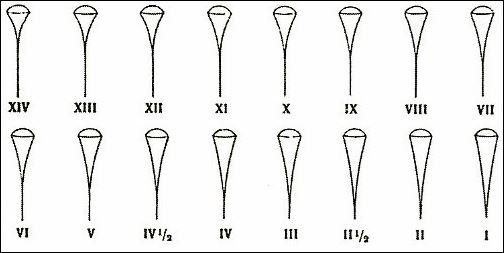
Not every maker was capable of producing such a range, and what you see as 'full hollow ground' on earlier razors is much less finely ground than on later razors, generally speaking.
Regards,
Neil


 5Likes
5Likes
 LinkBack URL
LinkBack URL About LinkBacks
About LinkBacks






 Reply With Quote
Reply With Quote